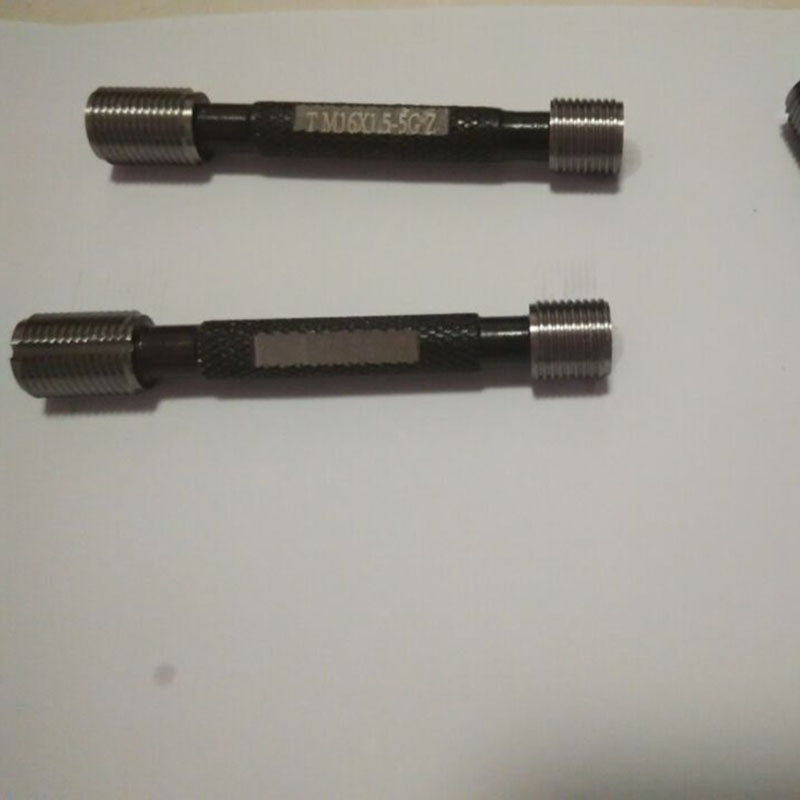Dec . 11, 2024 06:02 Back to list
Understanding the Functionality of Pilot Operated Check Valves in Hydraulic Systems
Pilot Controlled Check Valve An Overview
Pilot controlled check valves are vital components in hydraulic systems, ensuring the proper flow of fluid while preventing backflow. These specialized valves harness the power of hydraulic pressure to operate effectively, thereby enhancing the efficiency and safety of various industrial applications.
Definition and Function
A pilot controlled check valve is a type of check valve that uses a small pilot pressure to control the opening and closing of the main valve. Unlike standard check valves that rely solely on the flow of the fluid to open, pilot controlled check valves use an additional source of pressure to facilitate precision control. This feature allows them to be used in situations where backflow could be detrimental, ensuring that fluid only flows in one direction unless a specific signal is given.
Working Mechanism
The working mechanism of a pilot controlled check valve involves two key components the main valve and the pilot valve. The main valve will remain closed under normal conditions, preventing any fluid from flowing backward. When the fluid pressure in the system exceeds a certain threshold, the pilot valve opens, sending a small amount of fluid to the chamber of the main valve. This action creates a pressure differential, allowing the main valve to open and enable the flow of fluid in the desired direction.
When the pressure drops or if a reverse flow is detected, the pilot valve automatically closes, shutting off the signal to the main valve. This immediate response effectively prevents any backflow, thus safeguarding critical system components from damage.
Advantages of Pilot Controlled Check Valves
1. Precision Control One of the primary advantages of pilot controlled check valves is their ability to provide precise control over fluid flow. This level of control can be critical in applications where pressure fluctuations are common.
pilot controlled check valve

2. Reduced Pressure Loss Unlike traditional check valves, which may introduce significant pressure drops, pilot controlled check valves can minimize such losses. This efficiency is essential in maintaining optimal system performance.
3. Versatility These valves are highly versatile and can be used in various applications, including mobile machinery, industrial equipment, and hydraulic systems. Their adaptability makes them a valuable asset across multiple sectors.
4. Safety The incorporation of pilot control mechanisms enhances the safety of hydraulic systems. By preventing backflow, pilot controlled check valves protect sensitive equipment and maintain the integrity of the entire system.
5. Ease of Maintenance Many modern pilot controlled check valves are designed for ease of maintenance, reducing downtime and simplifying troubleshooting processes.
Applications
Pilot controlled check valves are found in numerous applications across various industries. In the automotive sector, they are used to control the hydraulic systems of braking systems, ensuring that fluid only flows in one direction for safe braking performance. In the manufacturing industry, they play a critical role in automated machinery, where precise hydraulic control is essential for efficient operations.
Furthermore, in the field of renewable energy, pilot controlled check valves are utilized in wind turbines and hydraulic systems for solar panels, contributing to the efficient and sustainable generation of power.
Conclusion
In summary, pilot controlled check valves are fundamental components that enhance the functionality, safety, and efficiency of hydraulic systems. Their ability to control fluid flow precisely while preventing backflow makes them indispensable in a wide range of applications. As industries continue to evolve and demand higher levels of precision and reliability, the importance of such innovative components will only continue to grow, underscoring the need for engineers and designers to incorporate them into modern hydraulic systems. Their versatility and efficiency not only promote operational excellence but also contribute to the sustainability of various processes and technologies.
-
Y Type Strainer Maintains System Efficiency Long TermNewsJul.15,2025
-
Valve Selection Guide for Industrial ApplicationsNewsJul.15,2025
-
Steel Fab Table Provides Durable Work Surface for WeldingNewsJul.15,2025
-
Pad Iron Provides Stable Support for Heavy MachineryNewsJul.15,2025
-
One Inch Check Valve Fits Standard Plumbing SystemsNewsJul.15,2025
-
Measuring Micrometer Ensures Precise Dimensional AccuracyNewsJul.15,2025
Related PRODUCTS









